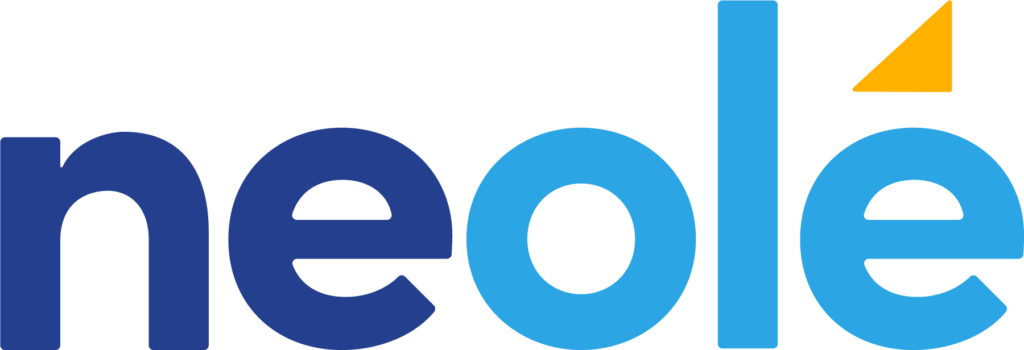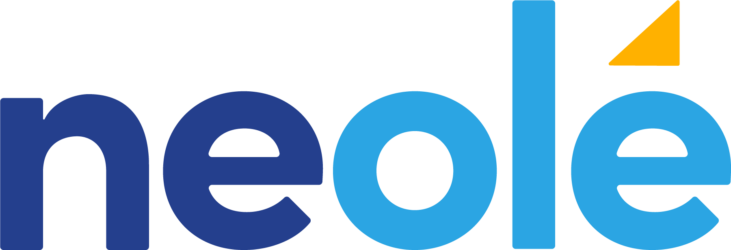Engaging in-person and virtual audiences in hybrid events is a big challenge for event planners. In fact, how to engage the audience in hybrid events was the number one concern voiced in a recent study that asked event planners how they really feel about hybrid events. So, let’s talk about how to deliver value to two very different audiences simultaneously.

The key is to engage virtual and in-person audiences equally
Recently I attended a hybrid conference. The in-person event was held at a large event space and seemed to be centered on a stage in the exhibit hall. I attended virtually, and in general, I thought the virtual experience was quite well-done with the platform providing functions to engage audiences in the hybrid event. Virtual attendees could connect via a chat function, with one thread in the “lobby” and others active during events. Truthfully, I was able to connect directly with more people than I might have been able to by bringing my introverted self to the in-person event space. Virtual attendees were grateful for the option to attend virtually, as a number reported they were at home due to COVID, didn’t want to travel or were cautious about being in a large crowd.
So, I was a happy camper until the first event began. Live-streamed to the event platform, the emcee started off with an icebreaker, inviting attendees to form groups of three with people they didn’t know and to introduce themselves. This icebreaker was available only to in-person participants, and no option was given to the virtual attendees. Thus, I started off the event feeling left out and with no option to meet other attendees other than chatting with them (which I was, voraciously!).
“Up top, event and meeting planners are focused on the audience experience. How do you engage both audience types simultaneously? How do you make it meaningful to online delegates?”
– Mike Piddock, CEO, Glisser
Why Do I Need to Offer a Virtual Option for My Event?
The option to attend virtually is expected by registrants, and your organization will be viewed negatively if not offered. Due to the pandemic, virtual events are widely accepted, and virtual attendance options are now a given. If you’re committed to inclusivity and equal access, then you will need to offer registrants the option to attend virtually, and to change their mind closer to the date. If you do not offer a virtual attendance option, you will have a smaller audience with some in-person registrants canceling at the last minute (or not registering at all if your cancellation policies don’t have a “Covid Clause!”)
As we wrote about in this blog post on why people like virtual events, virtual events include a great diversity of voices as they reduce the bar for attendance; people who can’t afford the travel and accommodation expenses are still able to attend, as are people who are physically challenged or who suddenly come down with Covid. Who would choose not to open registration to as many delegates as possible?
In addition, the carbon footprint of virtual events is much lower–shockingly lower–than in-person events (the carbon footprint of 1 in-person attendee equals the carbon footprint of 7,000 virtual attendees). We recognize the benefit of in-person attendance, and we also recognize that hybrid events offer more flexibility in designing meetings that have a lower overall carbon footprint. For example, smaller, localized conference hubs can be linked together through technology, with an added virtual platform for virtual attendees. Traveling to a local venue by transit, train or car is kinder to the environment and the wallet!
Why Is It Important to Engage Audiences in Hybrid Events?
When you decide to hold a hybrid event, be it a 10-person workshop or a thousand-person conference, you make a commitment to the audience. Your commitment might be to inform, to get input, to provide networking opportunities, to meet suppliers, or to make decisions. You also make commitments to your stakeholders (donors, the board, for example) and to sponsors and exhibitors–to raise a certain amount of money, to meet eager buyers.
To keep those commitments, you’ll need to engage your participants in a manner that meets your objectives. For example, if your commitment is to gather input, you will need to consider how to provide both in-person and virtual audiences with the tools and/or channels to do so, preferable in an equal timeframe and using the same platform so that both parties have equal opportunity to give their input.
Moreover, engagement speaks to a person’s well-being. People whose well-being is optimized will, among other things, be more engaged. One of the pillars of well-being is “intrinsic well-being,” which speaks to the internal value of a person and how that person is perceived by others. Key contributors to intrinsic well-being include the opportunity to contribute, connection to a greater purpose, and feeling valued by others.
Another of pillar of well-being is “social well-being”–meaningful conversations, a sense of belonging, and showing and receiving appreciation.
Meetings, conferences and events shine when it comes to opportunities to support a person’s social and intrinsic well-being simply by making sure to include everyone in the conversation. This can also be a landmine; nothing says “you’re not valued” than prioritizing the engagement of one party over another!
How Do I Plan to Engage?
Hybrid events are a combination of in-person and virtual events. Some say hybrid events are an in-person event with a virtual attendance option. (It can also be a virtual event with an in-person option; just saying.) To say either is to think of one audience taking precedence over the other. Planners of hybrid events need to consider both audiences as equal participants, and must plan the agenda with an eye to opportunities to engage audiences in the hybrid event.
Planners should consider hiring a facilitator to help plan the agenda. A facilitator will help you:
- Clarify your commitments to your audience, including registrants, donors, sponsors and other stakeholders.
- Design both the in-person and virtual set-up–for example, will you have in-person hubs or one central location?
- Identify points of the agenda where interaction and audience participation can be built in so that your objectives and commitments are met.
- Recommend and design activities for the in-person and virtual audiences. Remember my icebreaker example? A facilitator with experience as a digital facilitator could recommend and moderate an icebreaker for the virtual participants, or suggest a way that gets in-person delegates interacting with virtual participants.
- Suggest the appropriate meeting platforms and digital facilitation technology to maximize engagement and implement the activities for interaction and participation.
- Work with the A/V team at the in-person venue to create the best room and stage set-up that is inclusive for virtual participants.
Recognize also that your hybrid event will require an in-person moderator and tech support, AND a virtual team composed of a moderator/facilitator and tech support for virtual participants. When the in-person facilitator is touring from table to table to monitor small group work, for example, the virtual facilitator will be bouncing around between breakout rooms, doing the same with the virtual participants.
What Platforms Are Best for Engaging Audiences in Hybrid Events?
Honestly, we simply love Zoom, and feel that it’s the best virtual platform for integrating virtual participants with your in-person event. Why? Because it offers features that best allow you to mirror in-person activities for your virtual participants, particularly the breakout room capabilities, raise hands, screen-sharing (for speakers joining virtually), and much more.
Of course, Zoom meetings and webinars would not allow your in-person participants to network directly with virtual participants, unless they join the virtual space as well as the in-person space. That’s always a possibility of course, but we’re intrigued by Zoom Events. In our experience, Zoom Events still has a ways to go as a front-end for Zoom meetings and webinars, but it does have the built-in capability for all participants to network with sponsors and exhibitors, and for participants to chat in the “lobby.” Your in-person attendees could certainly join the Zoom Event to network and interact with all participants.
We also LOVE Howspace, with which a “home” for your entire event can be created for a per-person fee that allows a month of access. Howspace is a flexible, intuitive platform where you can create a custom workspace for your event. In your workspace, which will look somewhat like a website meets Facebook, you create pages where all participants can chat with each other (and reply, “like” posts and more), post photos and documents, share resources, participate in polls and other interactive activities both before, during and after the event. During the event, you can have pages for every session, where participants can ask questions of speakers and discuss the presentation with all attendees, both virtual and in-person. Accessible on mobile, a Howspace workspace for your event truly is the great equalizer.
We use the Stormz often for digital facilitation, and have been using it in hybrid events for years before the pandemic. Stormz is a virtual flipchart and post-it notes platform that is more intuitive and easier to navigate than Mural or Miro. All virtual and in-person participants can log in at the same time and participate in individual or group brainstorming using workshops that the facilitator sets up in advance. Again, the goal is to equalize participation for virtual and in-person attendees, and Stormz has the same look, feel and features for everyone, no matter where they join from.
These are just a few of our favourites, and we’ve also used Padlet for virtual appreciation walls that anyone can add cards to, and also Poll Everywhere for terrific polls that virtual participants can access alongside Zoom and in-person attendees can use on their mobile devices.
The challenge with figuring out how to engage audiences in hybrid events is to move beyond the model of hybrid that involves a “live stream” style of presentation with the sidebar chat for virtual participation. You might as well just live stream to YouTube or Facebook rather than invest in an expensive meeting platform. Instead, your goal is to get creative, actively seek opportunities for interaction between speakers/panelists and the audiences, and between audience members, not to mention between sponsors, exhibitors and their audiences. To make sure your hybrid event offers equal engagement for virtual and in-person attendees, contact the meeting producers and facilitators at Neolé today.
By Laura Bowley, Virtual Facilitator and Meeting Producer, Neolé Inc.







